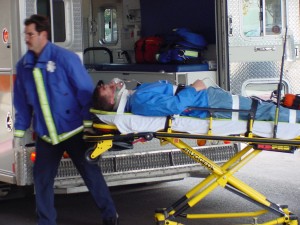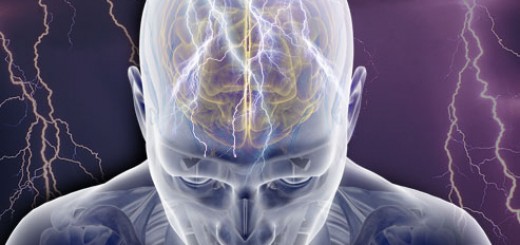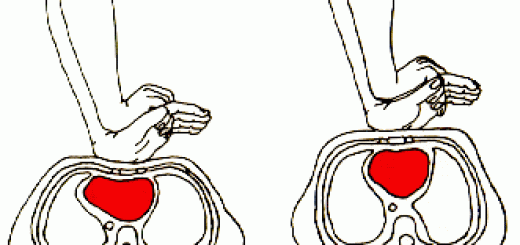A guide to structured patient assessment
EMTs and paramedics are a critical component of pre-hospital care. Rapid and accurate assessments in the field can mean life or
Scene Safety Comes First
As the name implies, first responders may arrive at the scene before anyone else including law enforcement, hazmat teams and the fire department. Making sure the scene is safe before approaching a patient is critical. In addition, keeping yourself protected from bodily fluids including blood is also essential. Be sure to use the appropriate personal protective equipment (PPE) when providing patient care.
Performing a Rapid Primary Survey
A primary survey is a quick general assessment of the patient’s condition. The primary survey helps you identify potentially life threatening situations and provide appropriate interventions. During the primary survey, you should assess the patient’s airway, breathing, circulation and mental status. You are determining if the airway is patent and if the patient is responsive and has an adequate pulse. It should only take about a minute to do a primary survey. The idea is to get a general impression of the patient quickly. During the primary survey, you are also deciding how urgently you should transport.
You can learn more about the primary survey on our first aid blog – “What is the Primary Survey?“.
The Secondary Survey
Depending on the results of the primary survey, you may not get to the secondary survey. For instance, you may need to start CPR or intubate the patient and immediately transport right after the primary survey. In other cases, the patient’s condition may not be as serious, and you may be able to complete a secondary survey.
The main purpose of a secondary exam is to complete a focused physical exam and medical history. A secondary survey is intended to help you identify specific medical conditions or injuries in order to provide appropriate care.
Components of a secondary survey include obtaining information from the patient if possible. Information may include symptoms, relevant medical history and events leading to the chief complaint. A head to toe assessment is also part of a secondary survey. In critical patients, the assessment should be performed rapidly. Depending on the injury or medical condition, the rapid assessment may include a quick look at the neck, extremities, chest, abdomen and head to check for injuries. In patients who are stable, a focused exam should also be brief, but may also include vital signs.
You can learn more about the secondary survey on our first aid blog – “What is the Secondary Survey?“.





